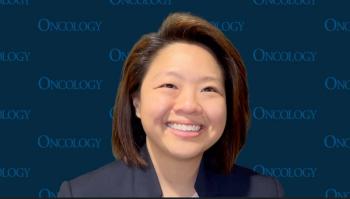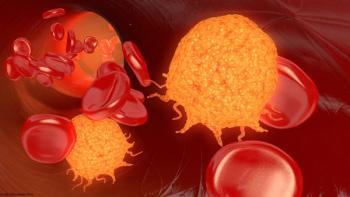
Future Studies to Improve Cryocompression Application in Gynecologic Cancer
Future research assessing cryocompression for those with gynecologic cancers will make use of different products to make the intervention easier and more accessible for patients.
At
According to Montes de Oca, an Obstetrics and Gynecology resident at Duke University Medical Center, a limitation of the self-controlled trial involved application of cryocompression to 1 side of a patient’s body; a future randomized trial may change this by having patients receive the intervention on the entirety of their body. Additionally, she described the possibility of using other methods to allow patients to slide on shoes, gloves, or socks more easily for cryocompression, making the strategy more accessible.
Transcript:
We have a few ideas for a future study. I did a self-controlled design, which means the patient received ice and compression on one side and then had no intervention on the opposite side. If it works, then that means that patients have neuropathy on 1 side of their body. So, plans for future studies would be conventional randomization so that patients can receive the intervention on all of their limbs.
[We] also want to look into some better methods of applying the cryocompression. We used a compression sock, a tight surgical glove, and then bags of ice on the hands and feet. But there are some products that are made by different companies that are just a better method for sliding on the gloves, shoes, or socks, and are a little easier to use and also can be accessible to all of our patients.
Reference
Montes de Oca MK, Unnithan S, Erkanli AE, et al. Use of cryocompression to reduce peripheral neuropathy in gynecologic cancer: a randomized controlled trial. Presented at: 2023 SGO Annual Meeting on Women’s Cancer; March 25-28, 2023; Tampa, Florida.
Newsletter
Stay up to date on recent advances in the multidisciplinary approach to cancer.


















































































